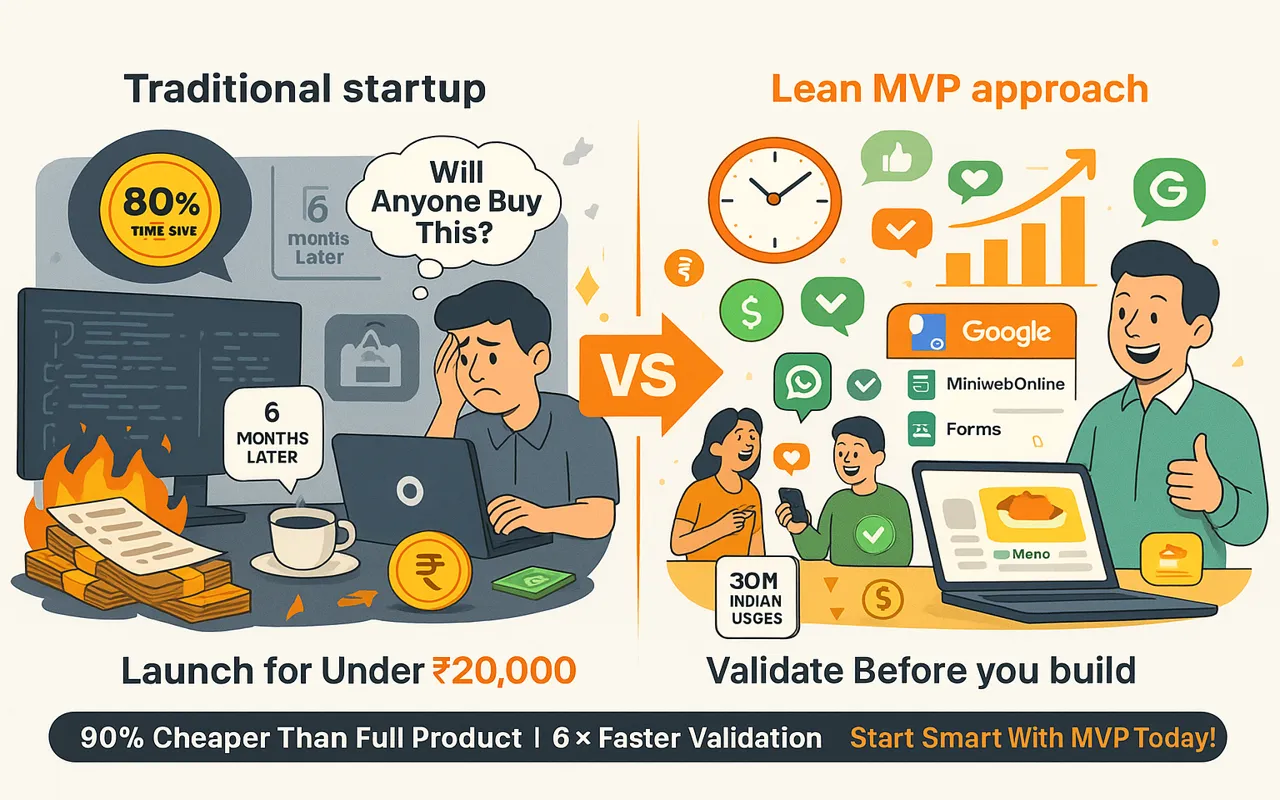How to Price Your Freelance & Consulting Services
Pricing your freelance or consulting services can feel like walking a tightrope—charge too little, and you undervalue yourself; charge too much, and you scare clients away. Here’s how to strike the perfect balance. Your pricing isn’t just a number—it’s a reflection of your expertise, market demand, and business sustainability. A well-structured pricing model helps you: Best for: Beginners, uncertain project scopes, or tasks requiring ongoing adjustments. How to calculate: (Desired Annual Income + Business Expenses) ÷ Billable Hours per Year = Hourly Rate Example: If you want to earn ₹10,00,000/year and work 1,000 billable hours, your rate should be ₹1,000/hour. Pros: Simple, flexible for small tasks. Cons: Limits earning potential (you can’t scale time). Best for: Well-defined projects (e.g., website development, branding). How to price: Pros: Predictable income, incentivizes efficiency. Cons: Risk of underestimating scope. Best for: Ongoing services (e.g., marketing, IT support). How it works: Charge a fixed monthly fee for a set number of hours or services. Pros: Steady cash flow, builds long-term client relationships. Cons: Requires commitment from both parties. Best for: Experts delivering high-impact results (e.g., doubling a client’s revenue). How to price: Charge based on the client’s perceived value (e.g., 10–20% of the expected ROI). Pros: Highest earning potential. Cons: Harder to sell to budget-conscious clients. Beginners: Start lower, then raise rates as you build credibility. Specialized skills (e.g., AI consulting) command premium rates. Corporate clients pay more than startups. Freelancers in high-cost countries charge more. Rush projects = 1.5–2x your usual rate. Raise rates by 10–20% annually or after every 5–10 clients. If no one hesitates, you’re undercharging! Pricing is both an art and a science. Start with data, but don’t be afraid to experiment. Remember: Your goal isn’t to be the cheapest—it’s to be the most valuable.Why Pricing Strategy Matters
4 Common Pricing Models (and When to Use Them)
1. Hourly Rate
2. Project-Based Pricing
3. Retainer Model
4. Value-Based Pricing
5 Factors That Influence Your Pricing
1. Experience
2. Niche Demand
3. Client Budget
4. Geographic Location
5. Urgency
How to Communicate Your Pricing Confidently
Pro Tip
Tools to Streamline Pricing & Payments
Final Thoughts
1 comment on “How to Price Your Freelance & Consulting Services”
Leave a Reply
Your email address will not be published.
Ready to build your dream product?
Whether it’s a sleek mobile app or a full-stack platform, our experts are here to help.












Comment: Struggled with pricing — this post simplified it big time!